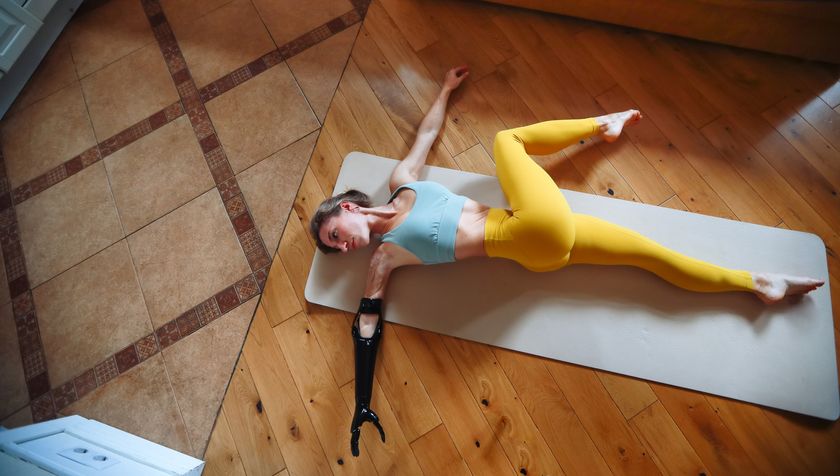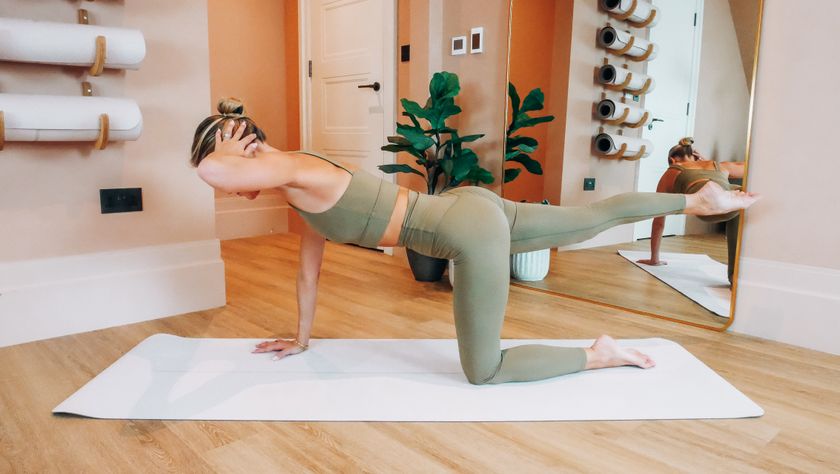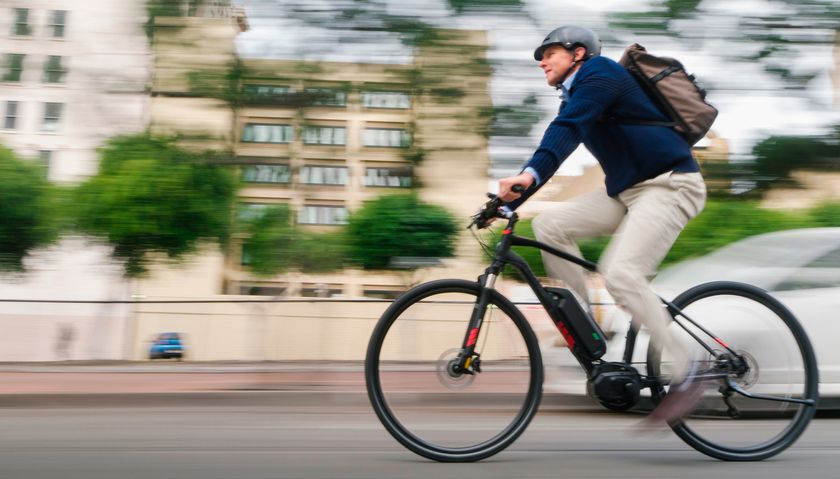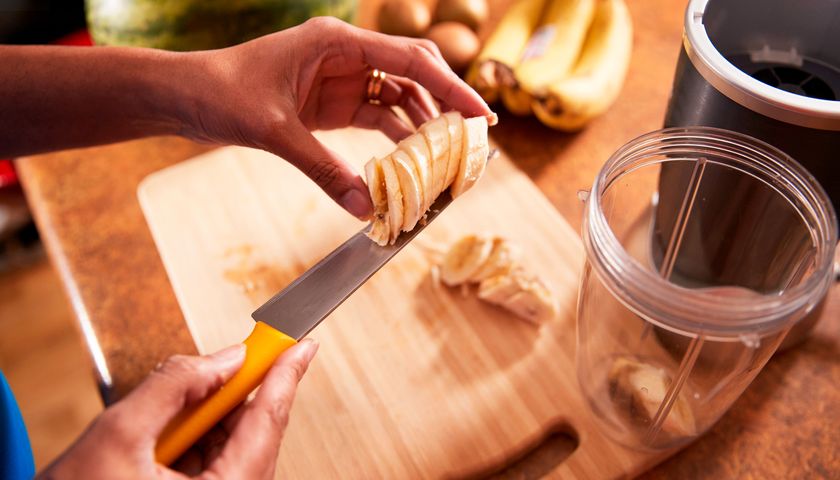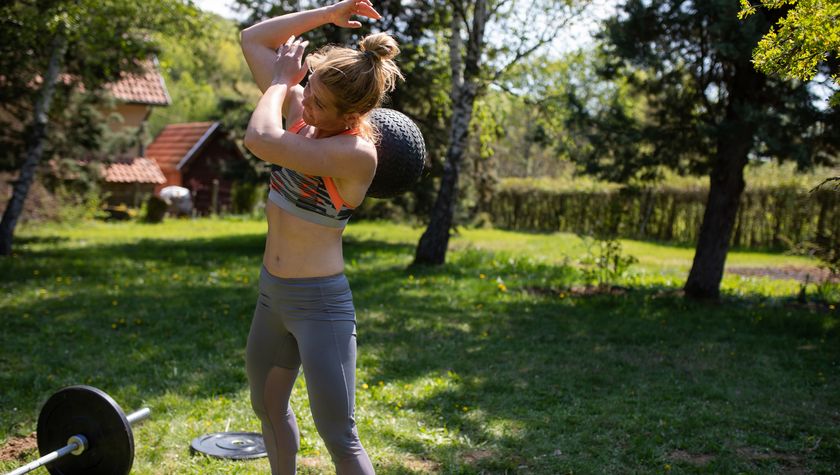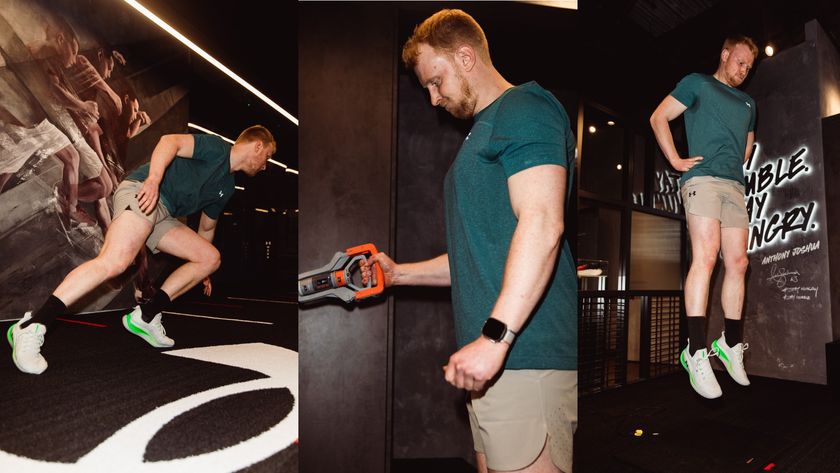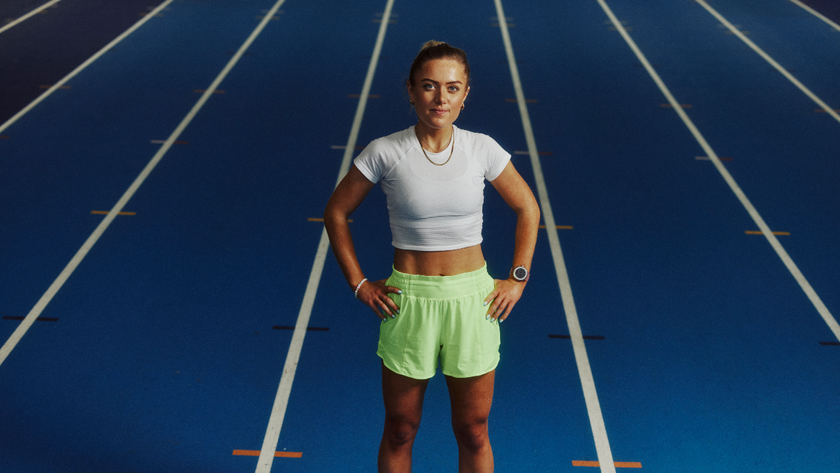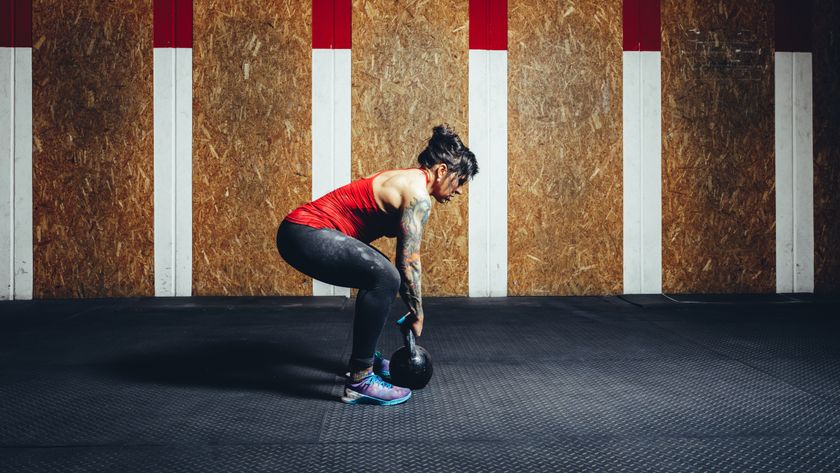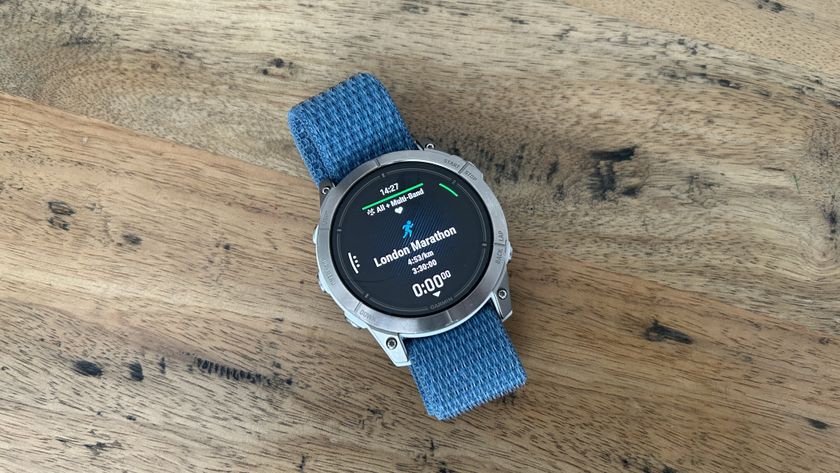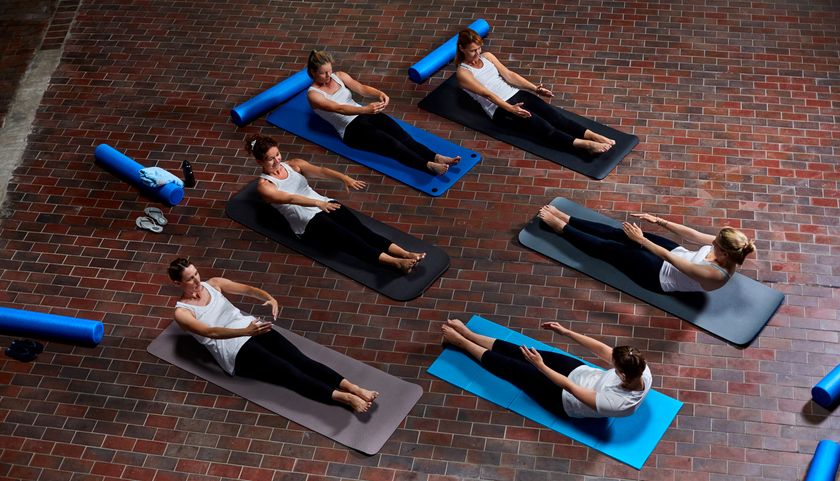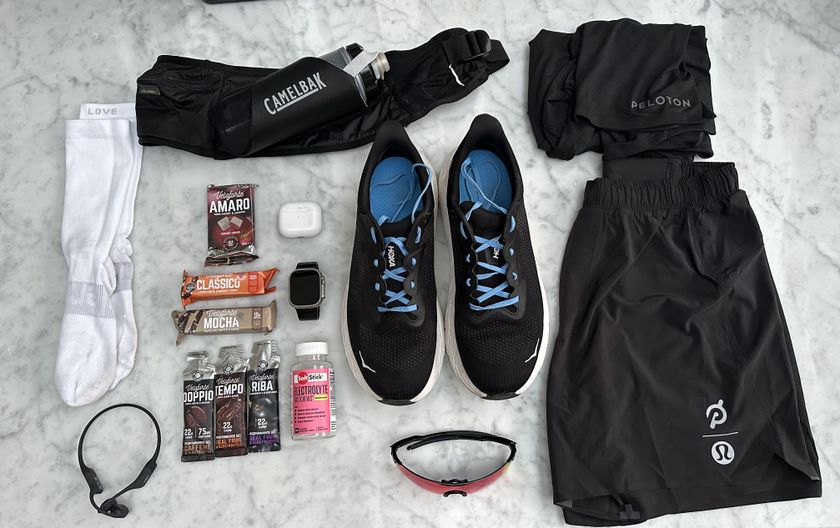8 ways to get fit like a caveman
Become a lean, mean powerful athlete like your caveman ancestors – all around your normal day
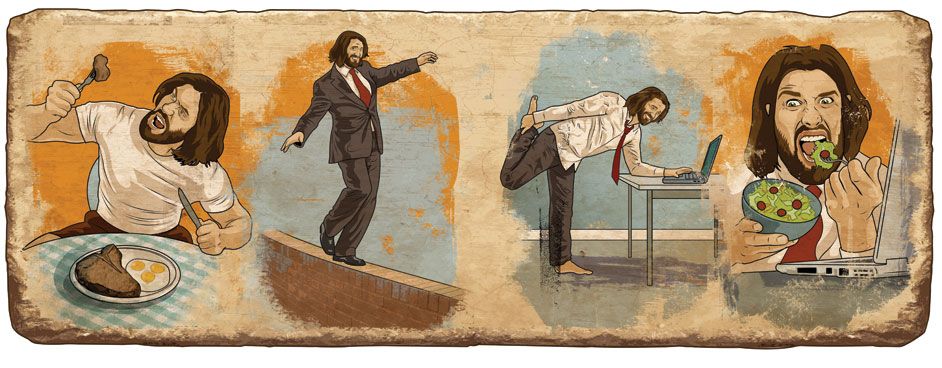
With today’s technology and creature comforts, no-one from our pampered modern era would want to live like our prehistoric ancestors. But a recent study by the Phenotypic Adaptability, Variation and Evolution (PAVE) research group at Cambridge University analysed 6,000 years of agriculture and domestication, and the results suggest that civilisation has effectively turned us into flabby couch potatoes. We’re pretty much slobs compared to our pre-farming ancestors – so it’s time to put down the Xbox controller, pick up a spear and get back to your natural state. )Spear not necessarily required.)
7am Breakfast
While prehistoric people ‘would eat a lot of meat, they didn’t have a lot of carbohydrates – no stodgy food,’ says archaeologist Dr Vicki Cummings of the University of Central Lancashire. A study published in the Journal Of Nutrition found that eating a low-carb, high-protein breakfast increased the fat-burning effects of exercise, and kept the subjects fuller for longer. Erwan Le Corre, the founder of MovNat, which he describes as ‘a fitness system based on natural movements’, is a big fan of the protein-rich breakfast. ‘It’s both delicious and highly nutritious, and it keeps me really satisfied.’
Prehistory today
There’s nothing to say you can’t have a breakfast steak, but you don’t have to. ‘Personally, in the morning it’s eggs with ghee or coconut oil, with some veggies – all grass-fed, non-GMO, gluten free,’ Le Corre says.
8am Commute
Perhaps not surprisingly, cavemen didn’t spend a lot of time waiting around for buses. ‘It was constant low-level to moderate activity,' says Dr Tim Ryan, professor of anthropology at Penn State University in the US. ‘Every individual would walk at least 5km a day and as many as 10 or 11km.’ They had bones so strong they put us 21st-century layabouts to shame, says the Cambridge University PAVE group study.
Prehistory today
Start commuting by foot – or if your workplace is a fair old trek away, walk to the next stop, or find a parking space that’s a decent distance away. While walking, throw in some tricks to increase healthy tension in bones and joints. ‘Walk on the edge of a sidewalk for some basic balancing, and use a fence or rail for stepping over or under,’ says Le Corre. You might also try wearing a heavy backpack to enhance the effect.
Get the Coach Newsletter
Sign up for workout ideas, training advice, reviews of the latest gear and more.
9am At work
‘You didn’t get seats in pre-history,’ says Cummings. ‘And our ancestors almost certainly had better posture than us.’ That’s not the only benefit – a recent study in the Annals of Internal Medicine journal shows that too much time spent sedentary dramatically increases your risk of early death. What’s more, a study in the American Journal of Health Promotion indicates that regular short bursts of exercise have the same benefits as longer, less frequent sessions.
Prehistory today
Assuming you have an understanding boss, use the Pomodoro Technique – work for 25 minutes then spend five minutes walking around. Alternatively, Le Corre suggests a MovNat move he calls a tripod transition, which you can do at work.
1pm Lunch
Our primal ancestors got a lot more variety than your average Meal Deal offers. ‘They ate a huge range of things they could gather – tubers, nuts, berries and fruit,’ says Dr Cummings. Sometimes meat or fish was available, but sometimes it wasn’t. And of course, their diet changed with the seasons.
Prehistory today
Variety doesn’t mean a Crunchie one day and Haribo the next. ‘Experiment and see what makes you feel good, but be sure to choose unprocessed foods – veggies, fruit, meat, eggs, fish,’ says Le Corre. ‘As long as it’s fresh and you cook it yourself using healthy fats like coconut oil, you can’t go wrong.’ You don’t have to go full Paleo diet, but try to think like a forager and find the food you like.
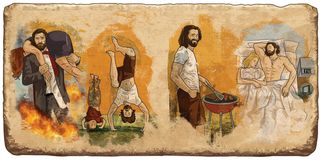
5pm Training
The ancients didn’t exercise as such – their life was exercise. ‘In the upper Palaeolithic there were big animals around like woolly mammoths,’ says Cummings. ‘Even something like a deer stag could be dangerous. Hunters would need quick reflexes.’
Prehistory today
Le Corre advocates what he calls ‘real-life physical competence’. ‘First learn to jump and lift with good technique,’ he says. Practise broad jumps (jumping as far as you can from a standing start) and depth jumps (jumping two-footed down from a raised platform), and use MovNat’s clean technique to lift. Bend, hingeing at the hips, to pick up one end of a heavy beam, drive up and ‘catch’ it at the top of your chest as you lower into a squat, then stand. ‘Once you’ve got the technique, learn to jump farther and land in more challenging ways, such as precision targeted landing,’ Le Corre says. ‘Lift heavier things – sandbags and logs are ideal – and carry them over difficult terrain.’
6pm Family time
‘Hunter-gatherers basically spent all of their lives together in groups and there would always be an element of tutoring children,’ says Cummings. A study in the Archives Of Pediatric & Adolescent Medicine indicates that children who exercise frequently perform better academically, while another published in The American Journal Of Medicine showed that intermittent action and rest periods, mirrored in children’s play, match our evolutionary activity ideal. So everyone wins if you spend some time getting active with the kids.
Prehistory today
In a way, MovNat is all about exercising like a child does before they learn about curls and triceps extensions. ‘Do all the things that you used to do when you were a kid – crawl, jump, balance, vault… that’s how kids build their natural movement and co-ordination,’ says Le Corre. Don’t have children? Well, you can still give it a go, no matter how much your girlfriend laughs at you crawling around.
8pm Dinner
Evidence indicates that the ancients had ‘music, singing, feasts, social events,’ according to Cummings. Frequent positive social interaction – as a study published in the Journal Of Health And Social Behaviour points out – doesn’t just make you feel happier, it can actually help us live longer, and this sociability contributed to a Paleolithic life expectancy of around 54, despite the danger-fraught world Stone Age people faced.
Prehistory today
Le Corre celebrates the end of his MovNat workshops with a big communal meal. Pick a day, invite a load of your favourite people, and pledge to host it on the same date every year – it’ll take some organisation, but the positive feelings you’ll get will make it worthwhile.
11pm Bedtime
Sleeping for roughly 8 hours out of 24 is a fundamental part of human physiology – but the idea of getting it all in one go is a modern one. In pre-industrial societies people slept in a way that suited their lifestyle and needs, rather than being governed by a clock or office hours. The key thing is to get good-quality sleep, which a Dutch study published in the European Journal Of Preventative Cardiology showed reduces the risk of obesity, heart disease and early death.
Prehistory today
Avoiding screen use in the hours before bed promotes melatonin production, which improves the quality of your sleep. If you’re not about to stop watching TV or surfing the web, wear orange-tinted glasses. These have been shown to prevent melatonin suppression and help you sleep better – all for less than £20, as long as you don’t mind looking like Bono.
Coach is a health and fitness title. This byline is used for posting sponsored content, book extracts and the like. It is also used as a placeholder for articles published a long time ago when the original author is unclear. You can find out more about this publication and find the contact details of the editorial team on the About Us page.

